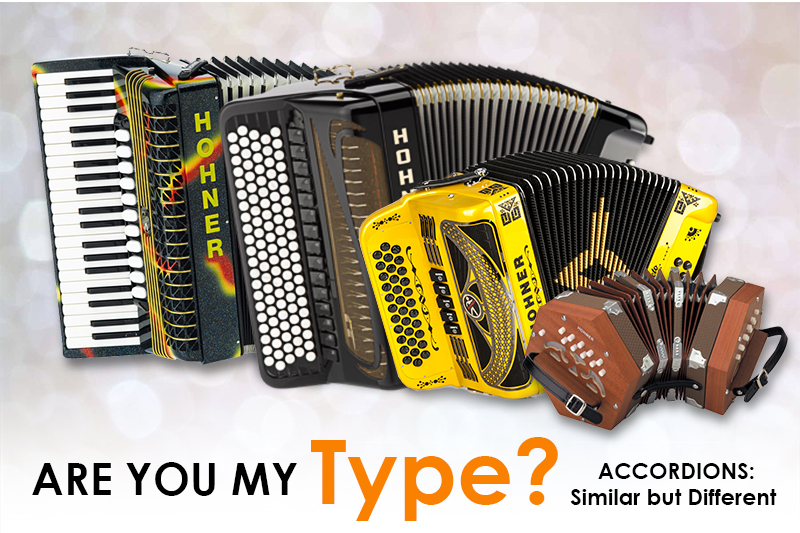There are various kinds of button accordion: diatonic, chromatic, piano and button. All have their own particular advantages and disadvantages.
Chromatic
Button accordions are among the most ubiquitous types of accordion found worldwide, making an impactful musical statement at performances across a range of genres and performances. Available in various styles and configurations to fit a range of players’ needs, these instruments may use either a diatonic bass system or feature other unique characteristics that add character and excitement.
Chromatic button accordions are among the most frequently employed instruments in musical performances, as they offer a broad selection of pitches for their users to explore. This makes them attractive options for musicians looking to expand their repertoire with different musical genres.
Chromatic button accordions come in various sizes and designs. A full-sized accordion typically features 41 treble buttons and 12 bass and chord buttons, while smaller models typically utilize less buttons and can be more portable.
These accordions are built to play notes within a full chromatic scale that spans all 12 notes in an octave, which means they can perform all pitches including accidentals which are typically not found on other types of accordions.
These instruments come equipped with additional right-hand buttons to play accidental notes or related keys, and may also come equipped with additional bass/chord buttons that enable users to add bass melodies or rhythmic accompaniment to their compositions.
A key distinction between chromatic and diatonic accordions lies in their means of pitch production: bisonoric reeds in a chromatic instrument change their tune whenever bellows are pulled or pushed in, while unisonoric reeds of diatonic instruments produce consistent tones regardless of whether bellows are pulled in or out.
Diatonic accordions are easier to learn how to play than their chromatic counterparts, making them the go-to option for beginners as they will allow them to start making music quickly.
One key distinction between chromatic and diatonic accordions lies in their use of larger and rectangular-shaped reeds for sound production, giving chromatic instruments richer sounds compared to their counterparts.
These instruments come in many models and designs, from free bass to French 3-3 and even stradella bass systems. You’ll find these versatile instruments used across many genres from classical to folk.
Russian bayan and Schrammel accordions are among the most frequently seen chromatic button accordions, used for traditional Russian music. Both these instruments feature wider, rectangular reeds than western accordions and its melody side keyboard is attached directly to its body instead of bellows for richer tonality.
The Steirische harmonika is an accordion found almost exclusively in Switzerland. It features a diatonic treble side consisting of three rows of buttons and an 18-button unisonoric bass side for playing bass notes.
It is widely used in Alpine regions such as Germany, Austria, Slovenia, South Tyrol (Italy) and Switzerland. It features three rows of chromatic and bisonoric diatonic buttons on its treble side as well as 12 bisonoric diatonic buttons that produce an array of notes on its bass side – creating a full and robust tone spectrum.



